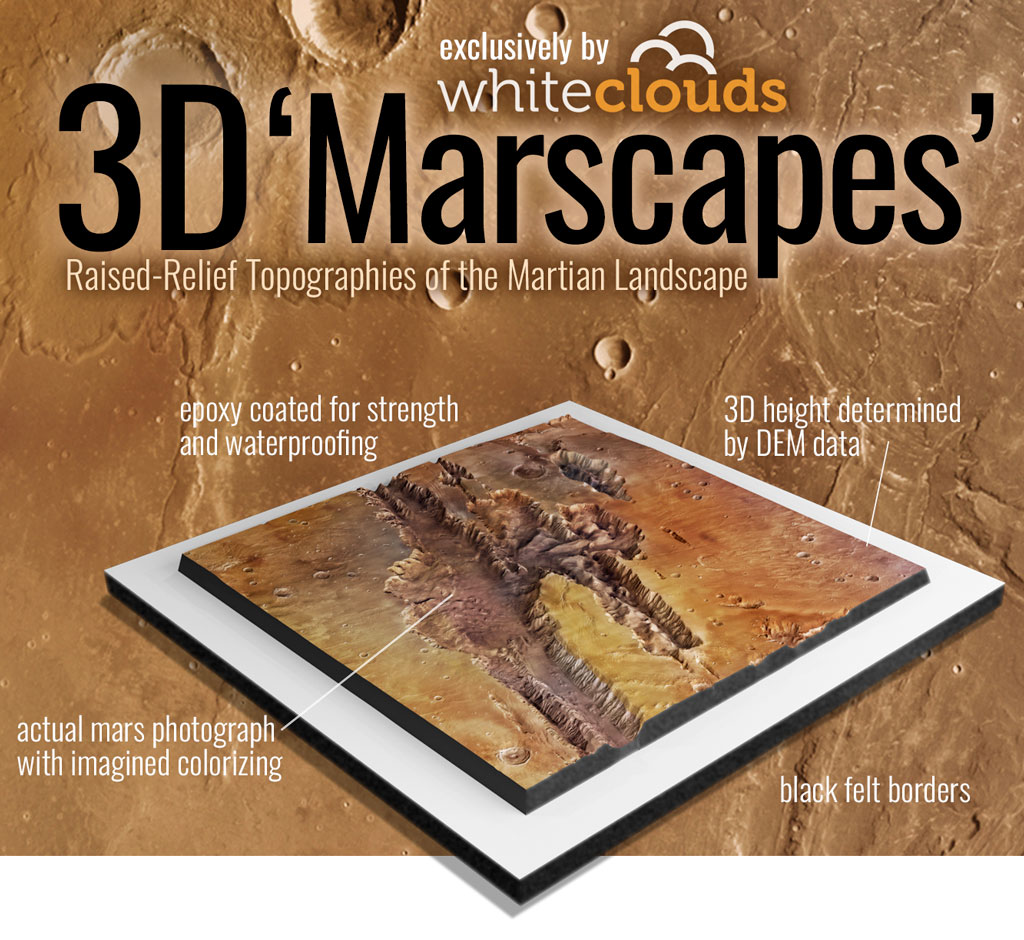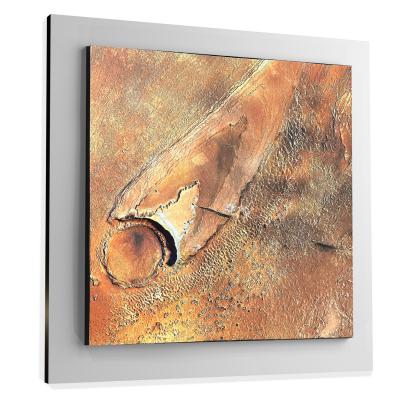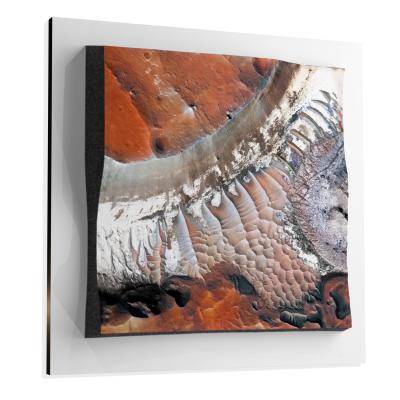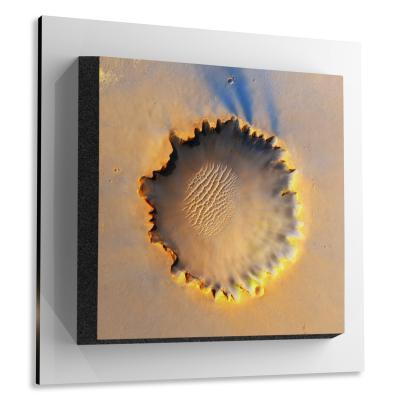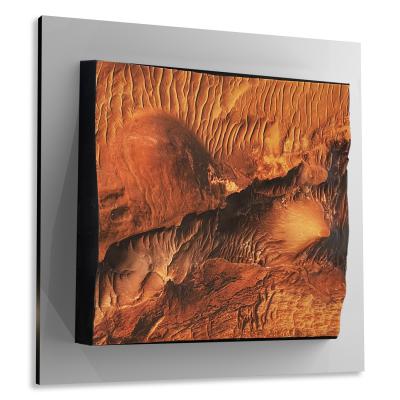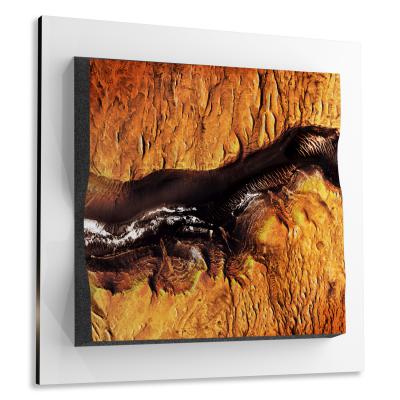Jezero Crater
Jezero Crater
We Build Custom 8K Mars Canvas Prints of Jezero Crater
Did you know we make
custom
8K Mars Canvas Prints

and
3D Marscapes

Jezero Crater
Jezero Crater has gained significant attention both within the scientific community and among the public as one of the most promising sites for the search for past life on Mars. This Martian impact crater is especially noteworthy because of the compelling evidence suggesting it once hosted a lake. The potential for discovering ancient microbial life, the crater’s geological history, and the rich geomorphological features make Jezero Crater an attractive subject of extensive scientific study and the landing site for the Perseverance Rover.
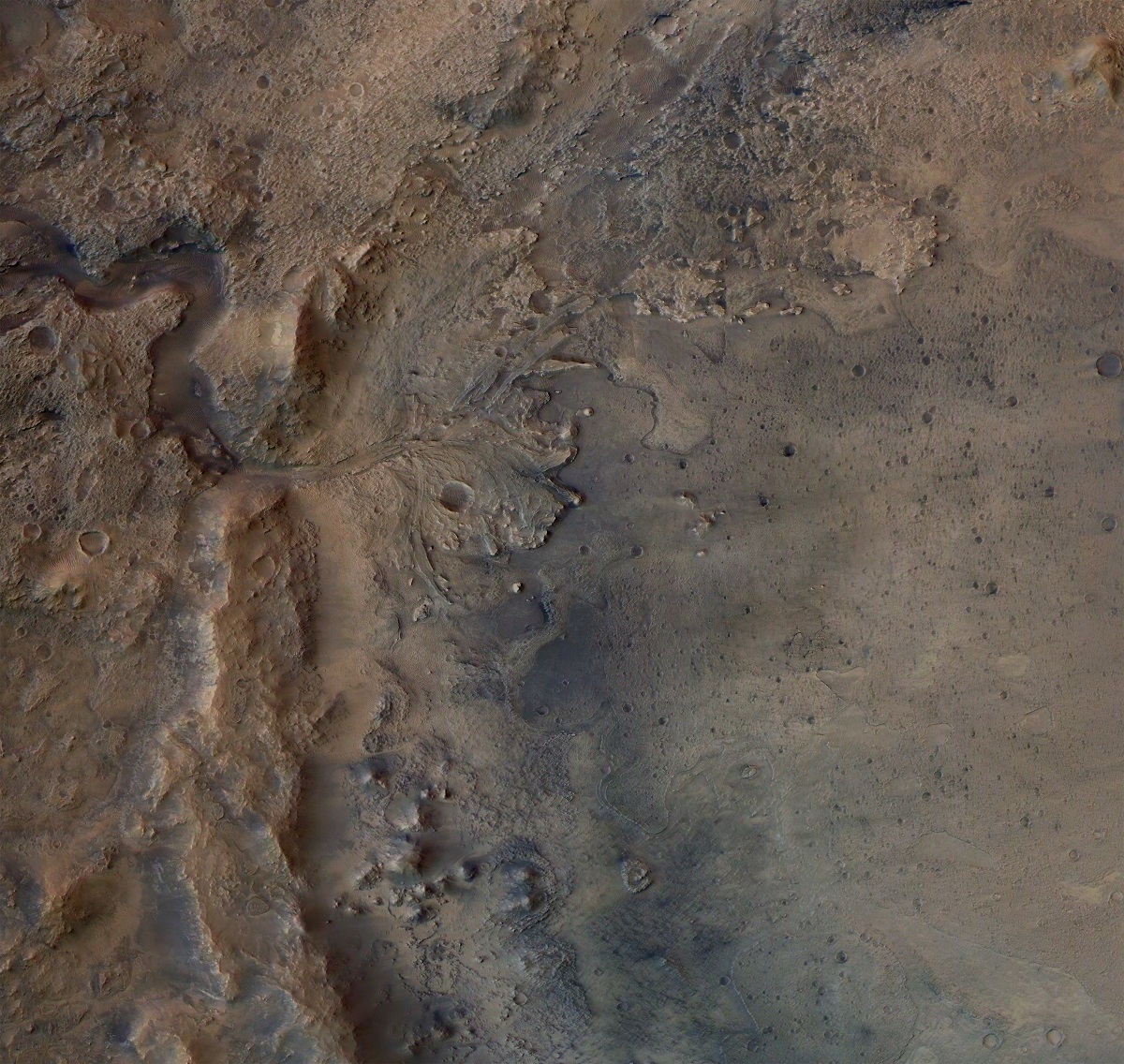 Jezero Crater Delta
Jezero Crater Delta
Geographical Location
Jezero Crater is strategically positioned in the Syrtis Major quadrangle on Mars, at geographical coordinates approximately 18.38°N latitude and 77.58°E longitude. This ancient impact crater boasts an expansive size with a diameter stretching about 49 kilometers (roughly 30.4 miles). Its location just north of the Martian equator makes it a focal point for research on the planet’s climate history, including investigations into how seasonal variations might have impacted its geology over time. Furthermore, Jezero Crater isn’t an isolated wonder; it’s part of a larger geologically intriguing landscape. It sits adjacent to the Nili Fossae region, a series of deep troughs and fractured terrains that have been the subject of significant scientific interest due to their complex geological history. This crater’s contextual relationship with other nearby Martian landmarks creates an exciting arena for studying a diverse range of geological processes and histories, offering a richer, more interconnected story of Martian evolution.
Advertisement
Sample Marscapes
Geological Composition
Jezero Crater is a geological marvel, showcasing a highly diverse and complex internal structure. Its crater floor is a mosaic of sedimentary rocks that include carbonates and clays, critical indicators of past aqueous environments. These mineral formations are particularly intriguing as they suggest the long-ago existence of a stable body of water, possibly a lake, within the crater. In addition to the sedimentary features, Jezero Crater is renowned for its well-preserved river delta, where an ancient river appears to have transported sediment into a standing body of water within the crater. This delta likely consists of sedimentary rocks composed of grains eroded from Martian highlands and transported downstream into the crater’s then-existing lake. Adding to this complexity are other mineralogical components such as sulfates and silicates, which further enrich our understanding of the varied geological processes that have shaped Jezero Crater over billions of years.
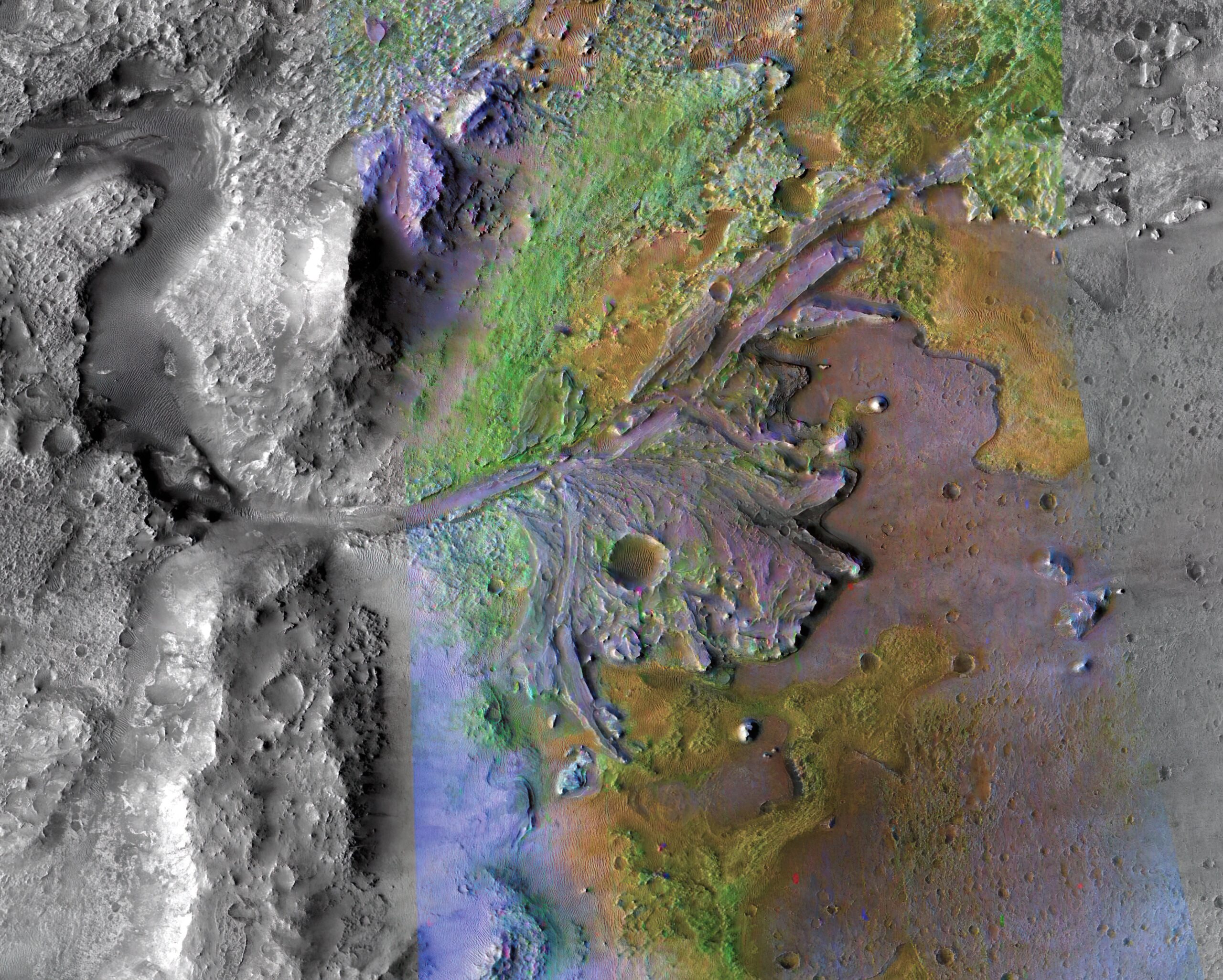 Jezero Crater
Jezero CraterSignificant Discoveries
One of the most compelling facets of Jezero Crater is the substantial evidence pointing towards past water bodies, specifically, a likely ancient lake. This is derived from the presence of a well-defined river delta and an array of sedimentary deposits rich in clays and carbonates. The presence of these features is not just a geological curiosity; it holds potential implications for astrobiology, given that where there is water, the possibility of life—however microscopic—cannot be entirely ruled out.
In addition to water-related discoveries, the crater has garnered attention for the detection of complex organic molecules and other compounds that could serve as potential biosignatures. Although these discoveries have not provided definitive evidence of past life on Mars, they have deepened our understanding of the crater’s bio-geochemical processes and sparked extensive scientific investigation into whether these complex organic molecules have a biological origin or are simply the result of non-biological processes.
Scientific Missions
Jezero Crater has been the focus of multiple scientific missions, the most notable of which is NASA’s Perseverance Rover, which landed on its surface on February 18, 2021. This ambitious mission aims to examine the crater’s geological and mineralogical features, hunt for signs of ancient microbial life, and prepare samples for possible future return to Earth. Prior to Perseverance, numerous orbiters had turned their sensors towards Jezero Crater, including the Mars Reconnaissance Orbiter, which provided invaluable high-resolution images and mineralogical maps. These precursory missions equipped scientists with foundational data that helped fine-tune the objectives of the Perseverance mission and will likely guide future exploratory efforts.
Geomorphological Features
Jezero Crater is a hotbed of geomorphological intrigue. Perhaps most famous is its well-preserved river delta, which is a geological wonder providing keen insights into the sedimentary processes and fluid dynamics that have shaped the Martian landscape over eons. In addition to the delta, Jezero features an array of other sedimentary terrains and exhibits various erosional patterns, which include carved channels and wind-shaped dunes. These geological and erosional markers have been interpreted as the handiwork of multiple geological agents that have acted on the Martian surface over time. These agents potentially include fluvial (water-based), aeolian (wind-based), and perhaps even glacial activities. The delta, combined with the variety of sedimentary terrains and erosional formations, serves as a geological textbook, offering a rich resource for studying sediment deposition and the complex erosional mechanics that have been at play throughout Martian history.
Jezero Crater stands as one of the most scientifically exciting locations on Mars. Its diverse geological composition, the evidence for a past lake that could have supported microbial life, and its complex geomorphological features make it an ideal natural laboratory for understanding Mars’ history, the potential for life elsewhere in the Universe, and even Earth’s past. The ongoing Perseverance mission and future endeavors promise to unearth more secrets from this fascinating Martian landmark.
Check out our 3D Mars Learning Center for more information on Mars and Jezero Crater. You can also learn more at: NASA Mars Exploration.
More About Mars
Contact us today to learn more about our 3D services and how we can help you achieve your goals.
